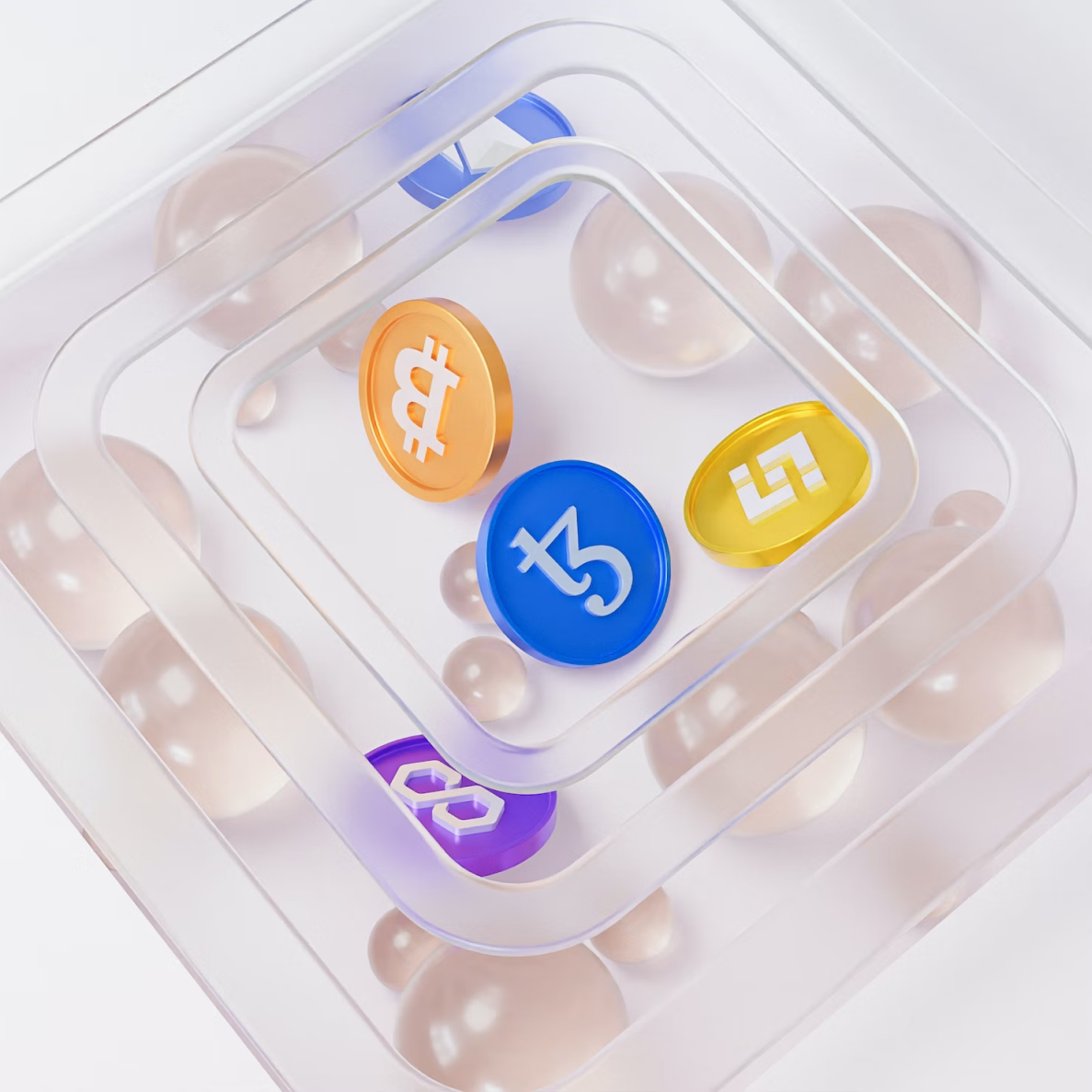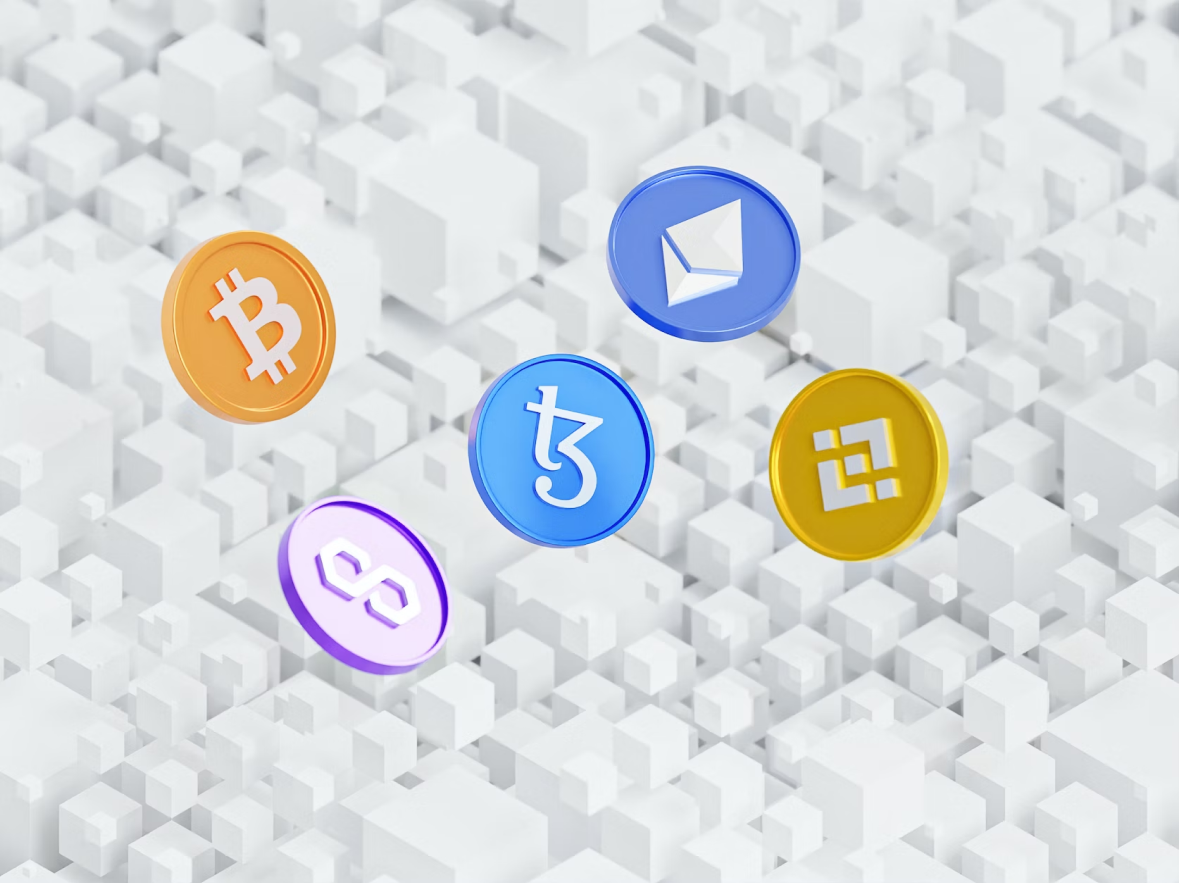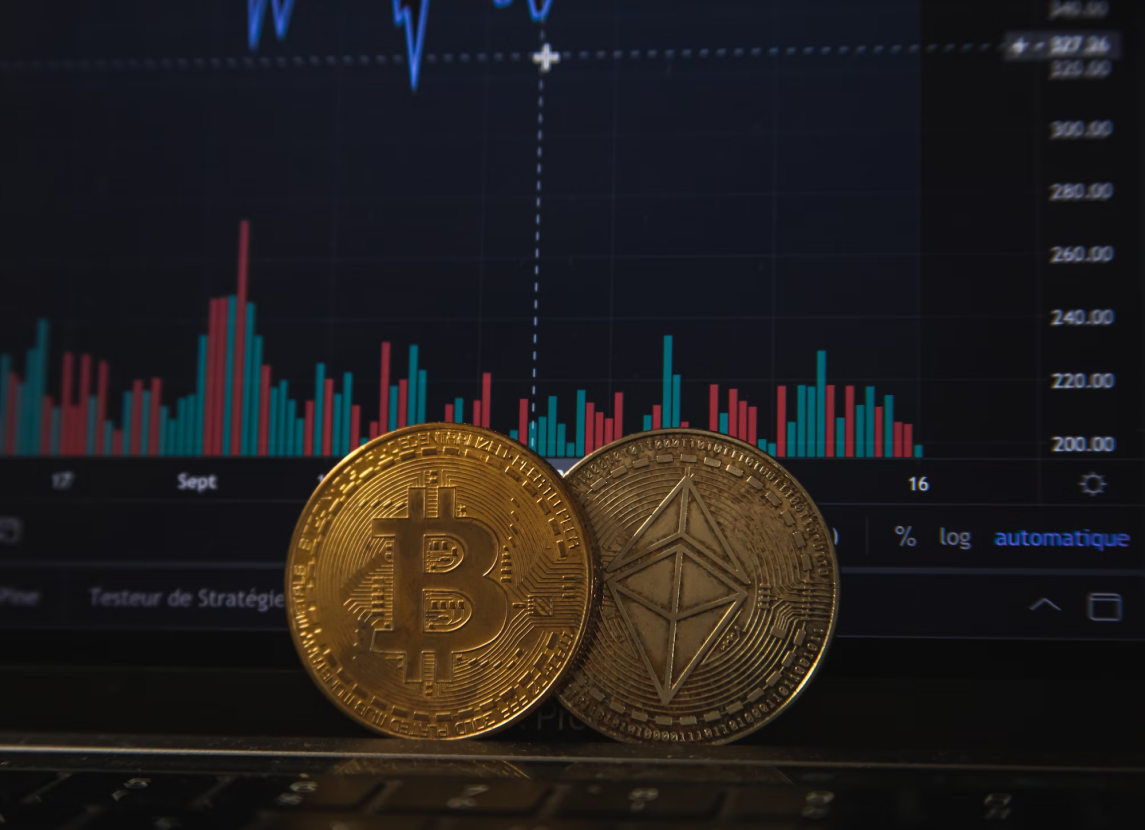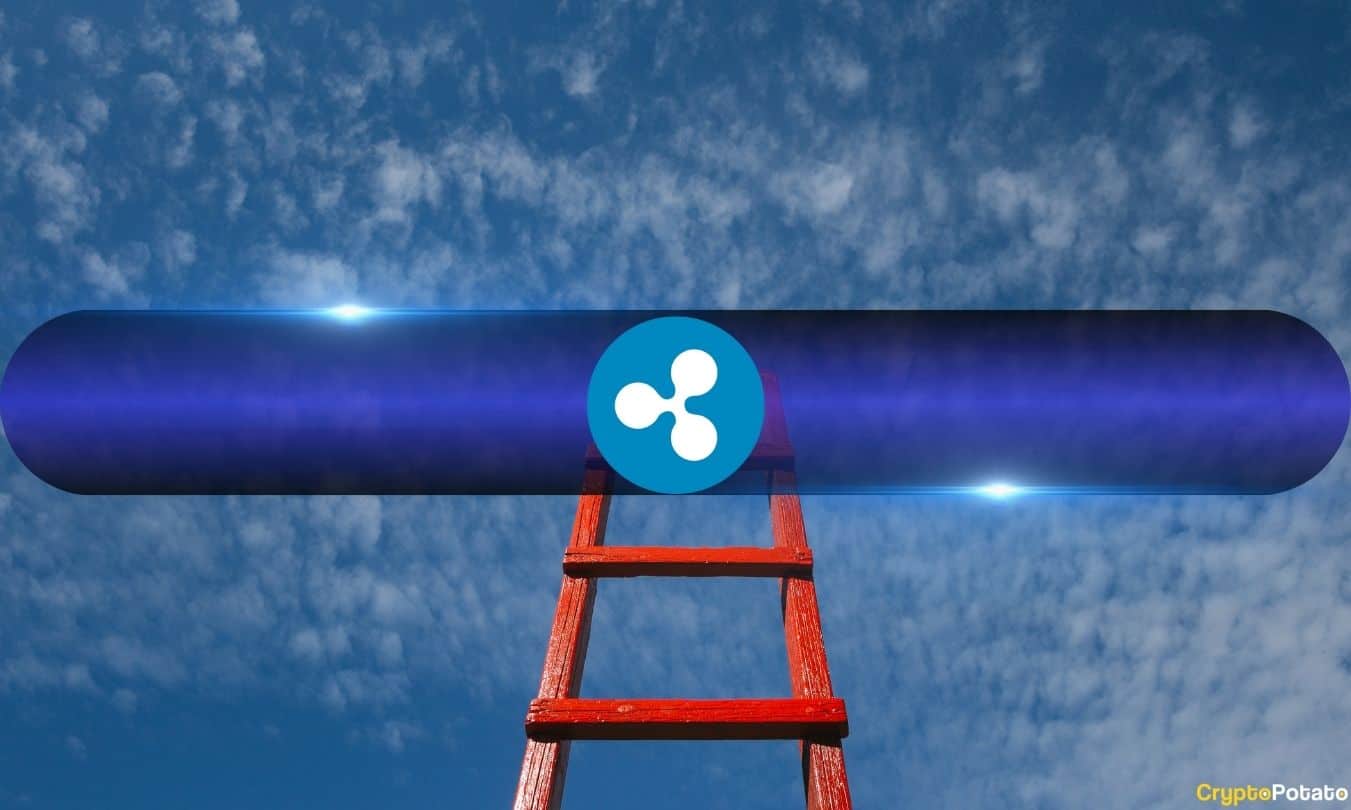China is stacking up gold after devaluing its currency

China’s got a plan, and it involves a mountain of gold and a weaker yuan. The People’s Bank of China (PBOC) has been on a buying spree, adding to its gold reserves for the second straight month in December.
According to official data, the PBOC now holds 73.29 million fine troy ounces of gold, up from 72.96 million in November. This comes after a six-month pause in gold purchases.
The precious metal’s prices shot through the roof last year, thanks to US monetary easing and safe-haven demand, peaking in a record-breaking rally. But the election of Donald Trump gave the dollar a boost, cooling gold’s momentum.
Gold prices steady, but the market is uneasy
Gold’s not cheap, as we all know. The metal is holding near $2,634 an ounce, a slight dip after two days of losses. Traders are watching every move, trying to predict what comes next. The uncertainty around Trump’s trade policies adds to the chaos.
On one side, US Treasury yields are climbing, hitting their highest since May. On the other, the dollar has been taking a hit, falling 0.6% earlier this week. For gold, it’s a tug-of-war—higher yields usually drag it down, but a weaker dollar props it up.
Meanwhile, hedge funds aren’t as bullish as they used to be. Bullish bets on gold have dropped to their lowest point in six months, based on Commodity Futures Trading Commission data. And if that’s not enough to shake things up, Goldman Sachs just delayed its much-hyped prediction that gold would hit $3,000 an ounce.
They’re now calling for mid-2026 instead, thanks to fewer expected Federal Reserve rate cuts. It’s not just gold though. Silver, palladium, and platinum are all in limbo too.
The yuan’s slide: China’s quiet strategy
While stacking gold, China’s also letting its currency take a hit. The yuan broke past 7.3 per dollar in December, its weakest since late 2023. It’s a big deal. The PBOC had been holding the line on the yuan for weeks, keeping it stable despite mounting economic stress.
But this recent slide suggests Beijing is loosening its grip, letting the currency fall to ease growth pressures. The markets reacted fast. The onshore yuan fell as much as 0.3%, hitting 7.3190 before clawing back slightly.
If it drops past 7.3510, the yuan would sink to levels last seen in 2007. The effect is already hitting other currencies. Taiwan’s dollar is at its weakest since 2016, and South Korea’s won isn’t faring much better.
But here’s where it gets interesting. Chinese state banks, usually the PBOC’s go-to defense, briefly stopped selling dollars at the 7.3 mark. This gave traders the green light to push the yuan even lower. The banks later stepped back in around 7.31, showing Beijing isn’t ready to let the currency slide unchecked.
From Zero to Web3 Pro: Your 90-Day Career Launch Plan
Ripple’s XRP Set for Massive Rocket as Ripple CEO Declares Trump Bull Market Is Real

Ripple’s XRP has gained by 18% year-to-date in a rally that has seen it outperform most of the top-ten altcoins. These gains have seen XRP’s market capitalization surge past $140 billion, ranking it the third largest crypto after Bitcoin (BTC) and Ethereum (ETH).
According to Ripple’s CEO, Brad Garlinghouse, Donald Trump is one of the catalysts behind these gains. In an X post, he noted that Trump’s election win was good for the broader cryptocurrency industry and Ripple due to a shift in the US regulatory stance towards cryptocurrencies.
“2025 is here, and the Trump bull market is real. For Ripple, this is even more personal after Gensler’s SEC effectively froze our business opportunities here at home for years. The optimism is obvious and very deserved,” Garlinghouse stated.
The executive also pointed out the growth of Ripple’s business in the last six weeks of 2024, when it secured more deals than it had earlier.
Is a Ripple IPO coming in 2025?
Crypto advocate John Deaton has hinted at a possible Initial Public Offering (IPO) for Ripple in 2025. Deaton noted that the company could be listed in US exchanges towards the end of the year or in Q1 2026 based on the decisions of the incoming Chair of the Securities and Exchange Commission (SEC), Paul Atkins.
“If Atkins is confirmed quickly, this could happen in the 1st quarter. But because Washington moves slowly, it will likely happen in the 2nd quarter,” Deaton stated.
The advocate further stated that the SEC would withdraw the appeal made in the Ripple vs. SEC case. One of the reasons why the regulator would do this was because the decision made by US District Court Judge Torres was not a binding precedent.
“Judge Torres made her ruling very FACT SPECIFIC and, thus, only applicable to the facts of the Ripple case. Therefore, the DECISION ITSELF has very limited persuasive use,” he stated.
Deaton further revealed that when making her decision, Judge Torres clarified that the ruling was specific to the facts represented in Ripple’s case. Therefore, the case cannot be used as a precedent to claim that all secondary market sales for digital assets are non-securities.
“Appealing the Ripple ruling is a fool’s errand, and I think Paul Atkins will see it that way. Now you can also see why I called these unelected bureaucrats, Primma Donnas,” Deaton concluded.
Moreover, the current SEC Chair, Gary Gensler, is expected to resign on January 20 in a move that could positively impact XRP’s price.



